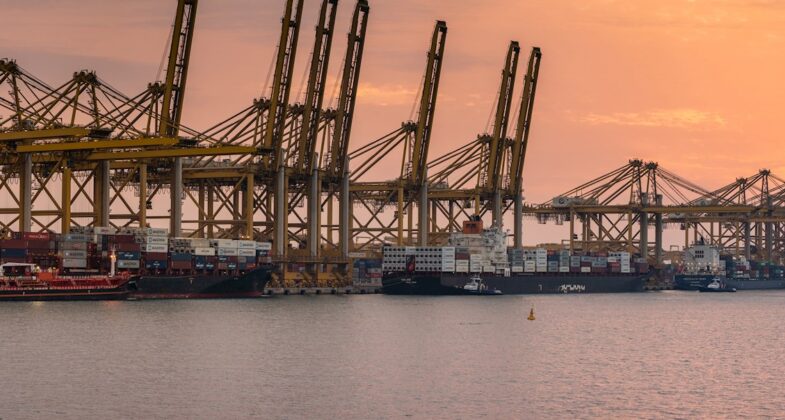
Increased trade activity in the Middle East drives shipping lines to unveil new service routes
5 months ago
Increased trade activity in the Middle East drives shipping lines to unveil new service routes

With container volumes between the Far East and the Middle East experiencing robust double-digit growth annually, several shipping lines are expanding their services along this route.
Starting 8 November, the joint venture Ocean Network Express (ONE) and Taiwanese intra-Asia carrier TS Lines will launch the South China-Middle East Express (SMX) service. This new service will connect the southern Chinese ports of Shekou, Da Chan Bay, and Nansha with Jebel Ali and Hamad. TS Lines will deploy a 2,900 TEU vessel for the SMX service, while ONE will designate a ship at a later date.
Additionally, TS Lines is collaborating with X-Press Feeders and South Korean intra-Asia operator Sinokor Merchant Marine to introduce the Central China Middle East Express (CME) service on 23 September. The CME will link Qingdao, Shanghai, Ningbo, Shenzhen, Port Klang, Colombo, and Jebel Ali. Sinokor will provide two 8,000 TEU ships, X-Press will contribute two 7,000 TEU ships, and TS Lines will deploy a 7,000 TEU vessel.
TS Lines’ optimism about the East Asia-Middle East trade lane is evident in its recent order for two new 4,300 TEU ships from CSSC Huangpu Wenchong Shipbuilding.
Sinokor entered the East Asia-Middle East market in May with the SGX1 service, in partnership with China United Lines, Unifeeder, and Milaha (Qatar Navigation).
On 31 August, MSC launched a new standalone service, Clanga, connecting China with the Saudi Arabian port of Dammam. Clanga will operate six ships ranging from 2,500 to 4,700 TEUs and will call at Shanghai, Ningbo, Shekou, Singapore, and Dammam.
In response to increased demand, MSC has also revamped its Falcon service. The updated route will now include Tianjin, Busan, Qingdao, Shanghai, Ningbo, Xiamen, Nansha, Shekou, Singapore, Jebel Ali, Abu Dhabi, Hamad, and Umm Qasr.
MSC stated that the Clanga service aims to alleviate port congestion in the Middle East. Drewry’s senior manager for container research, Simon Heaney, noted that Asia-Middle East trade has surged 19% year-on-year in the first half of 2024. He added, “Trade has been growing steadily since Q4 2022, following five consecutive quarters of decline. Although growth in H2 2024 might moderate due to tougher comparisons, the trade has demonstrated resilience against the logistical challenges in the Middle East.”
Source: ContainerNews